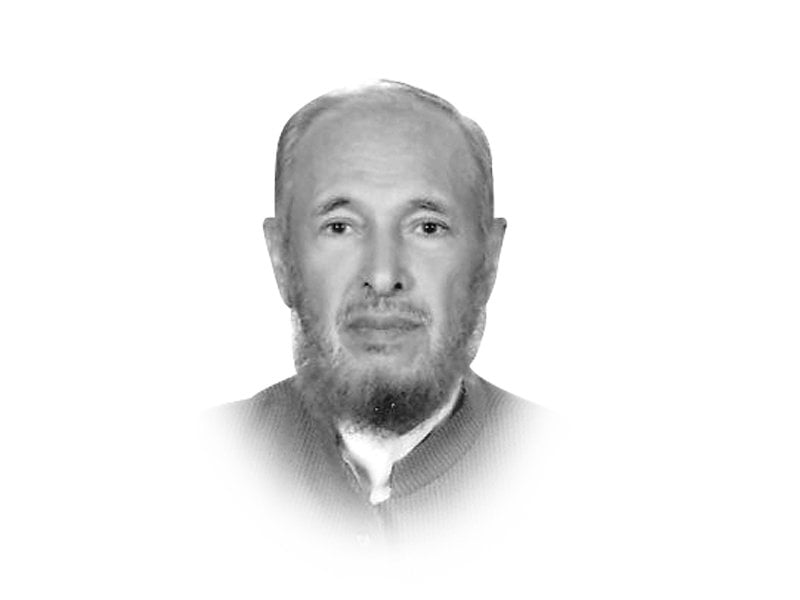
The appointment of an ethnic Afghan as a special US envoy for initiating a peace process was viewed as a welcome gesture by observers both inside and outside Afghanistan. In the aftermath of the Abu Dhabi talks, the announcement of the withdrawal of nearly 7,000 troops took many by surprise. The statement of a partial withdrawal was seen as the strongest manifestation yet of the US intent to seek a negotiated settlement of the conflict.
But as the momentum for peace talks builds up, there are formidable obstacles which need to be identified and taken care of to achieve a substantial breakthrough.
Firstly, the most fundamental issue of the time frame for withdrawal of foreign forces needs to be addressed. Whether the intention to withdraw half of the US forces would materialise any time soon? Whether the ultimate withdrawal would be made conditional on an agreed power-sharing formula between the Taliban and other political factions in the country? Whether a ceasefire would be part of an agreement between the US, the Taliban and the Afghan government? And whether an agreement would be possible on the most complex issue of creating a multi-ethnic, broad-based transitional government by amending the Afghan constitution or by resorting to a Loya Jirga ie the Grand Assembly?
The Taliban believe any ceasefire, at this stage, would amount to capitulation because volunteers of the movement would lose motivation to fight again if the negotiations don’t deliver an acceptable solution to the conflict. The Afghan government and its supporters are the creation of the status quo and will try to prolong the existing arrangement for as long as possible. And for that they need external props in the shape of foreign military forces. That is the dilemma.
The intransigence on the part of the Kabul regime — to stick to the prevailing scenario — must be clearly understood. Only strong US pressure would help because the Americans know, after 17 years in the driving seat in the country, how intrinsically fragile the regime is. The US and its agencies also realise that without foreign forces the regime would virtually collapse in a matter of months. Because apart from the robust Taliban offensive being launched, the regime would have to contend with an alarming rise in the number of soldiers deserting their ranks.
Perhaps then the best option to wriggle out of a situation that could not be more complex, would be to accept the ground realities and construct a formula based on a consensus on these points: 1) All Nato and US forces would leave the country within an agreed time frame following an accord on the formation of a multi-ethnic, broad-based transitional government that includes the Taliban. 2) The Taliban would announce complete cessation of attacks as soon as the transitional government takes control. 3) Regional countries — China, Iran, Pakistan, Turkey and Saudi Arabia — would underwrite the agreement reached between the Taliban, Kabul regime and the US. 4) The transitional government would begin the historic task of rehabilitation and reconstruction, disarm the population, restore security, establish and strengthen institutions and promote the rule of law, confront and defeat Daesh and rebuild a more responsive and dynamic police force. 5) And above all it would focus on holding elections within a stipulated period of time under the existing or an amended constitution.
This may seem a tall order.
But Afghanistan has gone through a long period of conflict and violence that has devastated the country and has caused killings of tens of thousands of people, besides inflicting pain and misery on the entire population. The country needs institutions and rulers who would undertake the gigantic task of rebuilding the country and bring sustainable peace to its war-weary people. That can only be done when there is a government which has a clear mandate of its people and which formulates policies that reflect the aspirations of the rank and file, impoverished citizens.
Taking bold decisions, not motivated by class, ethnic or political considerations, have to be a top priority. In this historic transition to normalcy, regional countries have to play a role. This role of regional countries in the evolution of a new consensus that aims to achieve lasting peace would be discussed in another article.
Published in The Express Tribune, December 27th, 2018.
Like Opinion & Editorial on Facebook, follow @ETOpEd on Twitter to receive all updates on all our daily pieces.







































COMMENTS
Comments are moderated and generally will be posted if they are on-topic and not abusive.
For more information, please see our Comments FAQ